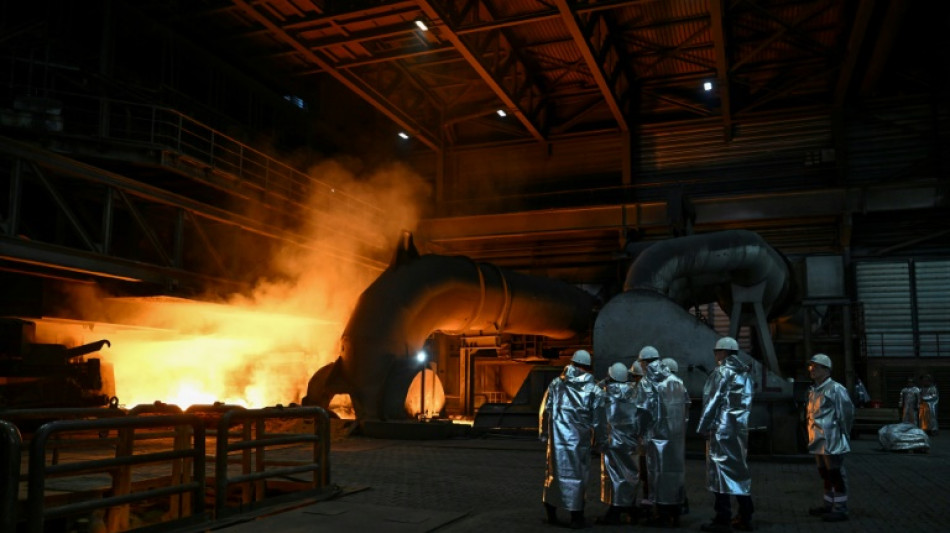

Eurozone GDP growth revised up to 0.6% in first quarter
The eurozone economy expanded at a significantly faster pace than estimated in the first three months of 2025, official data showed Friday, thanks to better-than-expected growth in Germany and strong output in Ireland.
Economists were quick to warn against reading too much into the data, describing it as "misleading" and warning of more pain to come because of volatile US trade policy.
The EU's data agency said the 20-country single currency area recorded growth of 0.6 percent over the January-March period from the previous quarter, up from the 0.3 percent figure published last month.
That figure was itself a downward revision from a first estimate of 0.4 percent issued in April.
The boost came thanks to the EU's economic powerhouse, Germany, recording 0.4 percent growth in the first quarter -- revised up from 0.2 percent growth estimated in May.
The data confirms a pivot back to expansion for Germany after its economy contracted by 0.2 percent in the final quarter last year.
Meanwhile, Ireland saw a whopping revision in growth to 9.7 percent in the January-March period, Eurostat said, up from the May estimate of 3.2 percent.
Experts at Oxford Economics cautioned the eurozone revision was "misleading" and "due to the extreme change in Ireland's first quarter growth, without which eurozone GDP grew 0.3 percent."
Ahead of US President Donald Trump's tariffs entering into force against the EU, there was a proliferation in product orders as exporters raced to ship goods before duties kicked in.
"Following on from the tariff frontloading seen in (the first quarter), we expect weaker growth for the rest of the year due to higher tariffs, exceptional trade policy uncertainty," Oxford Economics said in a statement.
The first quarter growth figure for the 27-country European Union as a whole was also revised to 0.6 percent, Eurostat said, up from 0.3 percent estimated last month.
Trump's tariffs still threaten to hurt economic growth in the single currency area as the EU faces 50-percent tariffs on steel and aluminium and 25-percent duties on auto imports.
Brussels and Washington are scrambling to agree a mutually beneficial deal to avoid sweeping US tariffs on a majority of EU goods before July 9.
H.Tawfik--CdE



